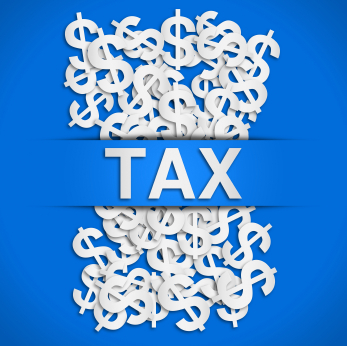
To lower the corporate tax rate and perhaps also the individual income tax rate, in a revenue neutral rate means that revenue must be found to pay for the drop in taxes that would occur with a lowered tax rate. Tax preferences – special deductions, exclusions and tax credits would need to be eliminated or cut back. Some of the suggestions though, involve timing items. For example, making depreciable lives longer and methods slower just pushes more of the depreciation deduction to later years. It does not permanently raise revenue. It will show up though as a revenue raiser in a table that only shows the revenue effect for a limited number of years.
Where can permanent tax increases be generated to offset the desired permanent tax decrease generated from permanent lower rates?
Annette Nellen, CPA, Esq., is a professor in and director of San Jose State University’s graduate tax program (MST), teaching courses in tax research, accounting methods, property transactions, state taxation, employment tax, ethics, tax policy, tax reform, and high technology tax issues.
Annette is the immediate past chair of the AICPA Individual Taxation Technical Resource Panel and a current member of the Executive Committee of the Tax Section of the California Bar. Annette is a regular contributor to the AICPA Tax Insider and Corporate Taxation Insider e-newsletters. She is the author of BNA Portfolio #533, Amortization of Intangibles.
Annette has testified before the House Ways & Means Committee, Senate Finance Committee, California Assembly Revenue & Taxation Committee, and tax reform commissions and committees on various aspects of federal and state tax reform.
Prior to joining SJSU, Annette was with Ernst & Young and the IRS.

Subscribe to TaxConnections Blog
Post Views: 1,833





















Recent Comments